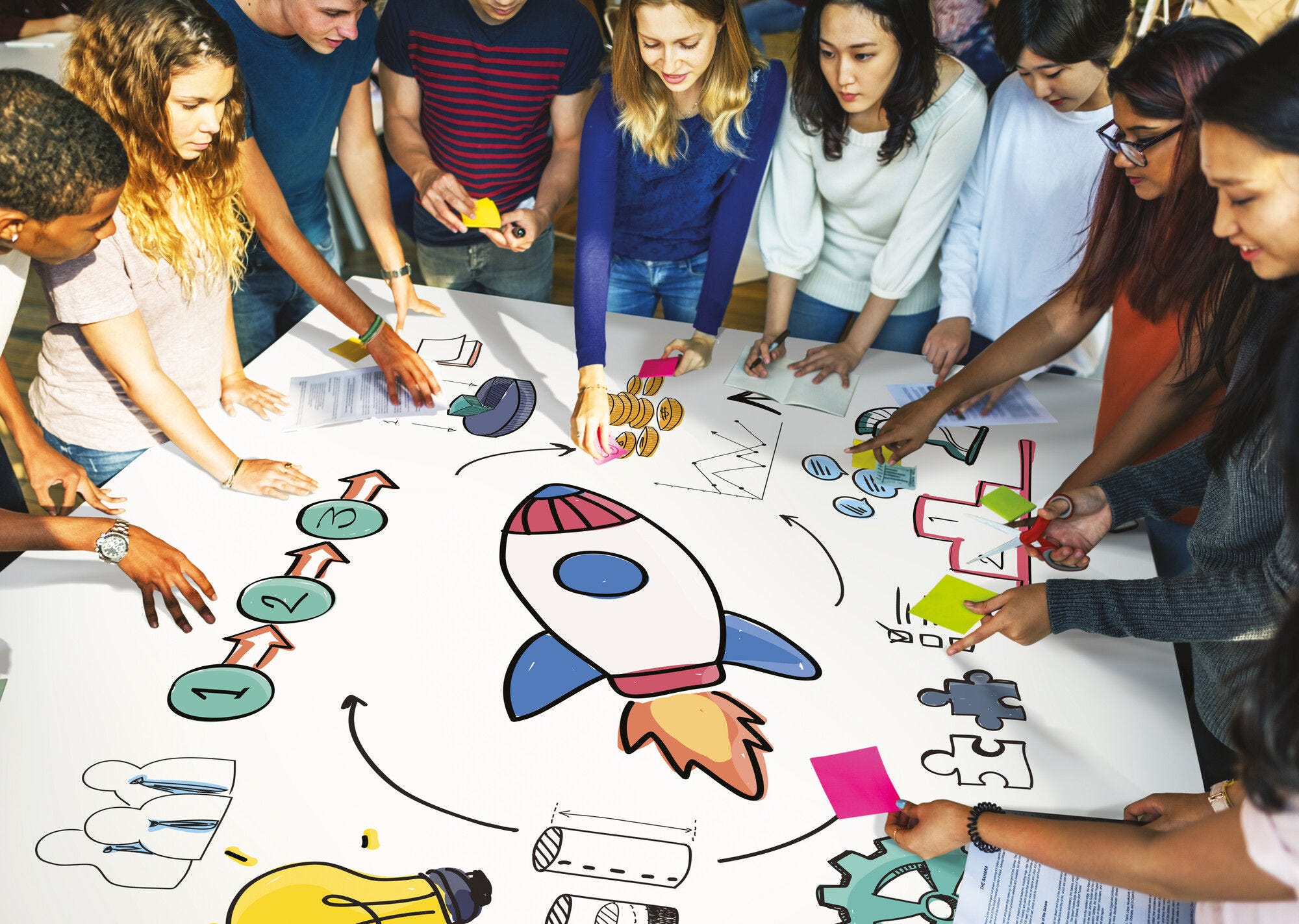For the first time, the Programme on International Student Assessment (PISA) has measured the creative thinking skills of 15-year-old students, assessing their ability to engage productively in the generation, evaluation and improvement of ideas. As we navigate the complex environmental, social and economic changes of the 21st century, it is crucial for students to be innovative, enterprising and to use critical and creative thinking purposefully.
Many jobs, especially those in highly skilled fields, place a premium on creative thinking. According to the World Economic Forum’s Future of Jobs 2023 report, creative thinking is ranked as the second most important skill for workers, just behind analytical thinking. Similar findings by companies like LinkedIn and Deloitte underscore the essential role of creative thinking in the modern workforce.
Today, workers are expected to contribute to change, to continually seek ways to leverage new technologies and adapt working methods to remain competitive. As digitalisation and artificial intelligence advance, the premium on innovation, creativity and critical thinking increases compared to routine skills, which are more susceptible to automation.
Yet creative thinking isn’t only about remaining competitive in the job market. It also acts as a powerful stimulus to learning itself, deepening students’ absorption in their learning, activating higher-order cognitive skills and stimulating emotional development and resilience and well-being.
Despite its importance, we cannot take the development of creative skills for granted. In fact, OECD's 2023 survey of social and emotional skills showed that 15-year-olds tend to feel less creative and less self-aware than 10-year-olds. Developmental psychologists can explain part of that decline with adolescence, but the variability of this trend across countries is sufficiently large to suggest that education and the environment also play their part in this. While children are born with an abundance of creativity, always willing to learn, unlearn and relearn, school often reinforces compliance and rewards students for reproducing the established wisdom of our times, rather than questioning it.
While academic performance and creative thinking performance can be mutually supportive, they are not necessarily prerequisites for one another. In fact, while education systems such as Singapore, Korea and Canada* are among the highest performing systems in terms of both creative thinking and performance in mathematics, reading and science, four other high PISA-scoring systems – Czechia, Hong Kong (China)*, Macao (China) and Chinese Taipei – performed at or below the OECD average in creative thinking. Results even show that individual students can excel in creative thinking without excelling in core academic domains.
Not surprisingly, many students from disadvantaged backgrounds scored significantly lower than advantaged students in creative thinking. Many students in challenging environments deal with issues like food insecurity, housing instability and significant family responsibilities, which consume their time and energy, leaving little room for creative pursuits. In addition, teachers in under-resourced schools may prioritise standardised testing and basic skills to boost academic performance, unintentionally sidelining creative activities and practices. More needs to be done across PISA participating countries to tackle the socio-economic factors behind creative thinking gaps.
It is important to reiterate that creative thinking skills can be taught. Teachers can unlock student creativity by encouraging students to explore, generate and reflect upon ideas. It's no coincidence that high-performing systems integrate formal guidelines on developing and assessing student creativity directly. Yet, worryingly, only about half of students believe that their creativity is something that they can change.
Nurturing and teaching creative thinking skills in students empowers them to innovate, problem-solve, and adapt in an ever-changing world. It's especially important to focus on boys, who typically score lower on creative thinking assessments than girls. Encouraging students to better engage with more open and student centred-learning tasks can help to build self-confidence and inspire curious and creative learners. By providing students with opportunities and support to explore their creative abilities, educators can help them realise that creativity is not an innate trait but a skill that can be honed and improved.
To achieve meaningful policy change, it is important to understand not only what students learn but how they learn. I hope that this PISA report will provide valuable insights for policymakers into how young people are developing the skills that they need to thrive in the future. The credibility and consistency of PISA's methodology ensure that its findings are an indispensable tool for shaping education policies and fostering international collaboration in the pursuit of better educational outcomes.

Andreas Schleicher
Director for Education and Skills
Special Advisor on Education Policy
to the Secretary-General
